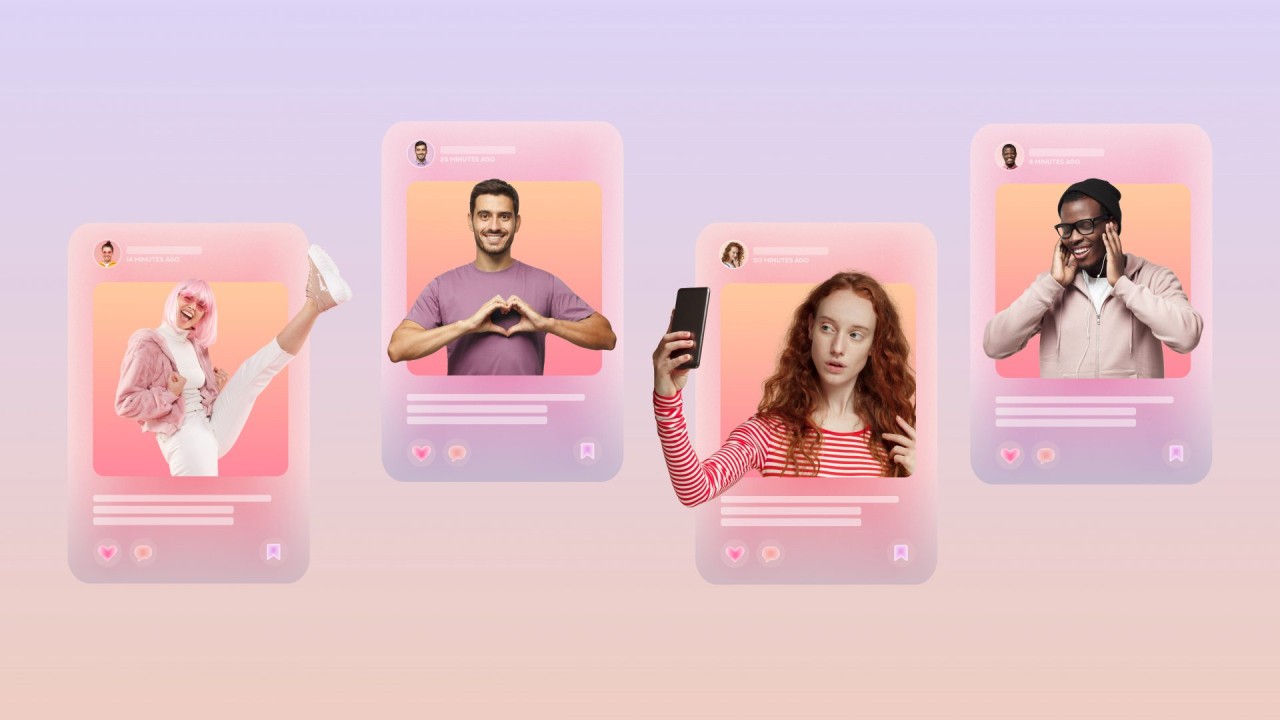In the ever-evolving world of digital marketing, a new trend is taking over: brands are shifting their focus from big-name influencers to micro-influencers. Unlike traditional celebrities or macro-influencers with millions of followers, micro-influencers typically have between 10,000 and 100,000 followers. Despite their smaller audience, these influencers offer something that large-scale influencers often lack: authenticity, higher engagement, and stronger audience trust.
1. What Makes Micro-Influencers So Valuable?
Higher Engagement Rates
One main reason brands choose micro-influencers is their higher engagement rates. Studies have shown that engagement rates decrease as an influencer’s follower count increases. Micro-influencers tend to have more personal interactions with their followers, leading to better engagement in likes, comments, and shares.
For example, a beauty brand may collaborate with a micro-influencer who regularly engages with their audience about skincare routines. The influencer’s followers trust their recommendations, making them more likely to purchase the promoted products.
Authenticity and Trust
Consumers today are skeptical of overly polished ads and inauthentic celebrity endorsements. Micro-influencers come across as real people who share their honest experiences and recommendations. Their content often feels more like a friendly suggestion than a hard sell.
Since micro-influencers build strong personal connections with their followers, their audience sees them as relatable and trustworthy, making their recommendations more effective.
2. Cost-Effective Marketing for Brands
Collaborating with micro-influencers is more affordable than working with A-list celebrities or influencers with millions of followers. Big influencers charge thousands—or even millions—of dollars per post, while micro-influencers often accept lower fees or free products in exchange for promotion.
This makes influencer marketing accessible to small and medium-sized businesses that may not have the budget for high-profile endorsements. Instead of spending their entire budget on one celebrity, brands can work with multiple micro-influencers, reaching diverse audiences in a more personalized way.
3. Niche Targeting and Better Audience Alignment
Micro-influencers often target specific niches like fitness, fashion, travel, parenting, or gaming. This makes it easier for brands to target the right audience.
For example, a vegan skincare brand would benefit more from working with a micro-influencer specializing in eco-friendly beauty than a general celebrity influencer. The micro-influencer’s followers are already interested in sustainable skincare, increasing the likelihood of conversions.
4. The Future of Influencer Marketing
As consumers continue to seek authenticity and personalized recommendations, micro-influencers’ popularity will only grow. Social media platforms like Instagram, TikTok, and YouTube have made it easier than ever for micro-influencers to build engaged communities and for brands to leverage their influence.
How Brands Can Benefit
Focus on micro-influencers who align with their values and target audience.
Prioritize engagement and authenticity over follower count.
Build long-term relationships instead of one-time sponsorships.
Conclusion
The rise of micro-influencers represents a shift in digital marketing—where smaller, engaged communities are more valuable than massive but disengaged audiences. Brands are choosing quality over quantity, leveraging trust and authenticity to connect with consumers meaningfully. As this trend continues, micro-influencers will play an even more significant role in shaping the future of brand partnerships.

